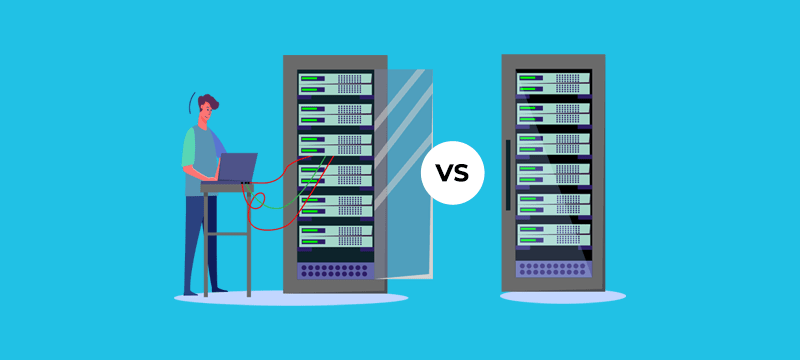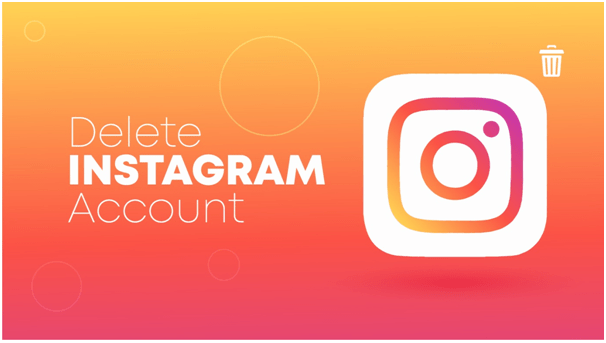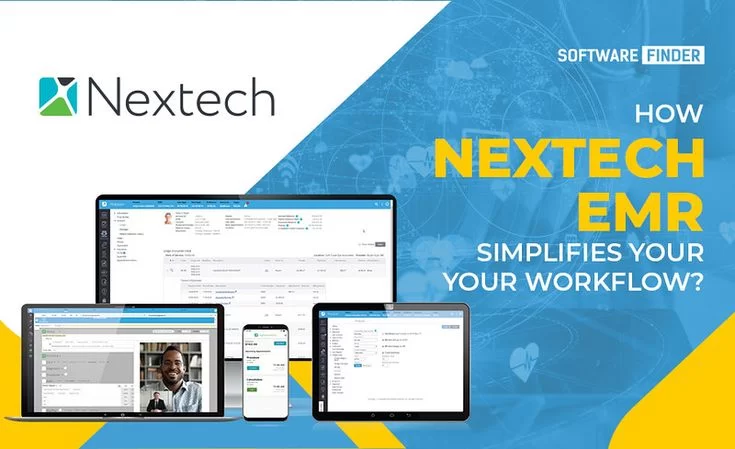How To Get Barcodes For Your Products?
Barcodes For Your Products have become an essential part of the modern business world, making it easier for retailers and distributors to track inventory and sales. If you’re a business owner who wants to sell products in stores or online, it’s essential to understand how to get barcodes for your products.
In this guide, we’ll explain everything you need to know about barcodes, including what they are, why they’re important, and how to get them for your products.
What Is a Barcode?
A barcode is a visual representation of a series of numbers and letters that can be read by a barcode scanner. Barcodes are used to identify products and track inventory in retail stores, warehouses, and other settings.
Barcodes For Your Products come in different formats, but the most common is the Universal Product Code (UPC). UPCs are used in North America, while the European Article Number (EAN) is more common in Europe and other parts of the world. Both UPCs and EANs consist of a series of digits that represent the product’s unique identifier.
Why Are Barcodes Important?
Barcodes are important for several reasons. Here are some of the main benefits of using barcodes in your business:
- Streamline inventory management: Barcodes make it easier to track inventory levels and know when to reorder products.
- Reduce human error: Manual inventory tracking can lead to mistakes, but Barcodes For Your Products eliminate the risk of human error.
- Improve efficiency: Barcodes allow retailers to process transactions more quickly, reducing wait times for customers.
- Increase sales: Barcodes make it easier for retailers to track sales and identify popular products, which can help them make better purchasing decisions and increase sales.
- Improve supply chain management: Barcodes can be used to track products as they move through the supply chain, making it easier to monitor delivery times and identify any issues that may arise.
Here is how to get barcodes for your products;
Now that you understand the importance of Barcodes For Your Products, let’s take a look at how to get them for your products. Here are the steps you’ll need to follow:
- Determine the type of barcode you need
As mentioned earlier, UPCs are used in North America, while EANs are more common in Europe and other parts of the world. If you plan to sell your products internationally, you may need to get both types of barcodes.
- Register for a barcode
To get a barcode, you’ll need to register with the organization that manages Barcodes For Your Products in your country. In the United States, that organization is GS1 US, while in Europe, it’s GS1 Europe.
- Choose a barcode package
GS1 US and GS1 Europe offer different barcode packages, depending on the number of products you plan to sell. The package you choose will determine the number of barcodes you receive and how much you’ll pay.
- Assign barcodes to your products
Once you’ve received your barcodes, you’ll need to assign them to your products. This can be done manually, or you can use barcode software to do it automatically.
Let’s take a closer look at each of these steps.
Step 1: Determine the Type of Barcode You Need
The first step in getting barcodes for your products is to determine the type of barcode you need. As mentioned earlier, UPCs are used in North America, while EANs are more common in Europe and other parts of the world. If you plan to sell your products internationally, you may need to get both types of barcodes.
The main difference between UPCs and EANs is the number of digits they contain. UPCs have 12 digits, while EANs have 13 digits. However, both types of barcodes serve the same purpose: to identify products and track inventory.
Step 2: Register for a Barcode
Once you’ve determined the type of barcode you need, the next step is to register with the organization that manages barcodes in your country. In the United States, that organization is GS1 US, while in Europe, it’s GS1 Europe. These organizations are responsible for issuing unique barcode numbers to businesses.
To register for a barcode, you’ll need to provide some basic information about your business, such as your name, address, and contact information. You’ll also need to provide information about the products you plan to sell, such as their name, description, and packaging.
Once you’ve registered, you’ll receive a unique prefix that you can use to generate your own barcodes.
Step 3: Choose a Barcode Package
GS1 US and GS1 Europe offer different barcode packages, depending on the number of products you plan to sell. The package you choose will determine the number of barcodes you receive and how much you’ll pay.
For example, GS1 US offers a Basic Membership package that includes 10 barcode numbers for $250, while the Small Business Starter package includes 100 barcode numbers for $750. The Enterprise Membership package includes 1,000 barcode numbers for $2,500.
When choosing a barcode package, it’s important to consider the number of products you plan to sell in the future. It may be more cost-effective to purchase a larger package upfront if you plan to expand your product line in the future.
Step 4: Assign Barcodes to Your Products
Once you’ve received your barcodes, you’ll need to assign them to your products. This can be done manually, or you can use barcode software to do it automatically.
To assign Barcodes For Your Products manually, you’ll need to create a spreadsheet that lists each product and its corresponding barcode number. This spreadsheet can then be used to print barcode labels for each product.
If you have a large number of products, you may prefer to use barcode software to assign barcodes automatically. Barcode software can generate barcode labels for each product based on the information you provide, such as the product name and barcode number.
Some popular barcode software options include BarTender, NiceLabel, and Labeljoy.
Know More about 12 Things to Know Before You Start Your Fitness Business
TIPS FOR USING BARCODES
Now that you know how to get barcodes for your products, here are some tips for using them effectively:
- Place barcodes in a visible location
Barcodes should be placed in a visible location on the product packaging to make it easy for retailers to scan them.
- Test barcodes before printing
Before printing barcode labels, it’s important to test them to make sure they scan correctly. This can help prevent issues down the line, such as retailers rejecting products due to unreadable barcodes.
- Keep track of barcode numbers
It’s important to keep track of the barcode numbers assigned to each product to avoid duplicating them. This can cause confusion and lead to incorrect inventory tracking.
- Update barcodes for product changes
If you make any changes to a product, such as changing the packaging or adding new features, you’ll need to update the barcode to reflect those changes.
Consider using QR codes: QR codes are similar to barcodes but can store more information, such as product details or marketing messages. Consider using QR codes in addition to barcodes to provide additional information to customers.
BOTTOM LINE
Barcodes are an essential tool for businesses that sell products in stores or online. By using barcodes to track inventory and sales, businesses can streamline their operations and make better purchasing decisions.
To get barcodes for your products, you’ll need to register with the organization that manages barcodes in your country and chooses a barcode package based on the number of products you plan to sell. Once you’ve received your barcodes, you’ll need to assign them to your products and ensure they’re placed in a visible location on your product packaging.
By following these steps and tips, you’ll be able to use barcodes effectively and efficiently in your business operations. Remember to keep track of your barcode numbers and update them if any changes are made to your products to ensure accurate inventory tracking.
Overall, barcodes are a simple and effective way to improve your business operations and provide better customer service. By investing in barcodes, you can ensure your products are easily identifiable and accessible to retailers and customers alike.
Also read:
12 Ways to Win More Customers With Search
Can technology help to Maintain Social Distancing at Hospitals?
How the Internet of Medical Things is revolutionizing Healthcare?
Health Insurance Market Driven by the High Costs of Medical Treatment


